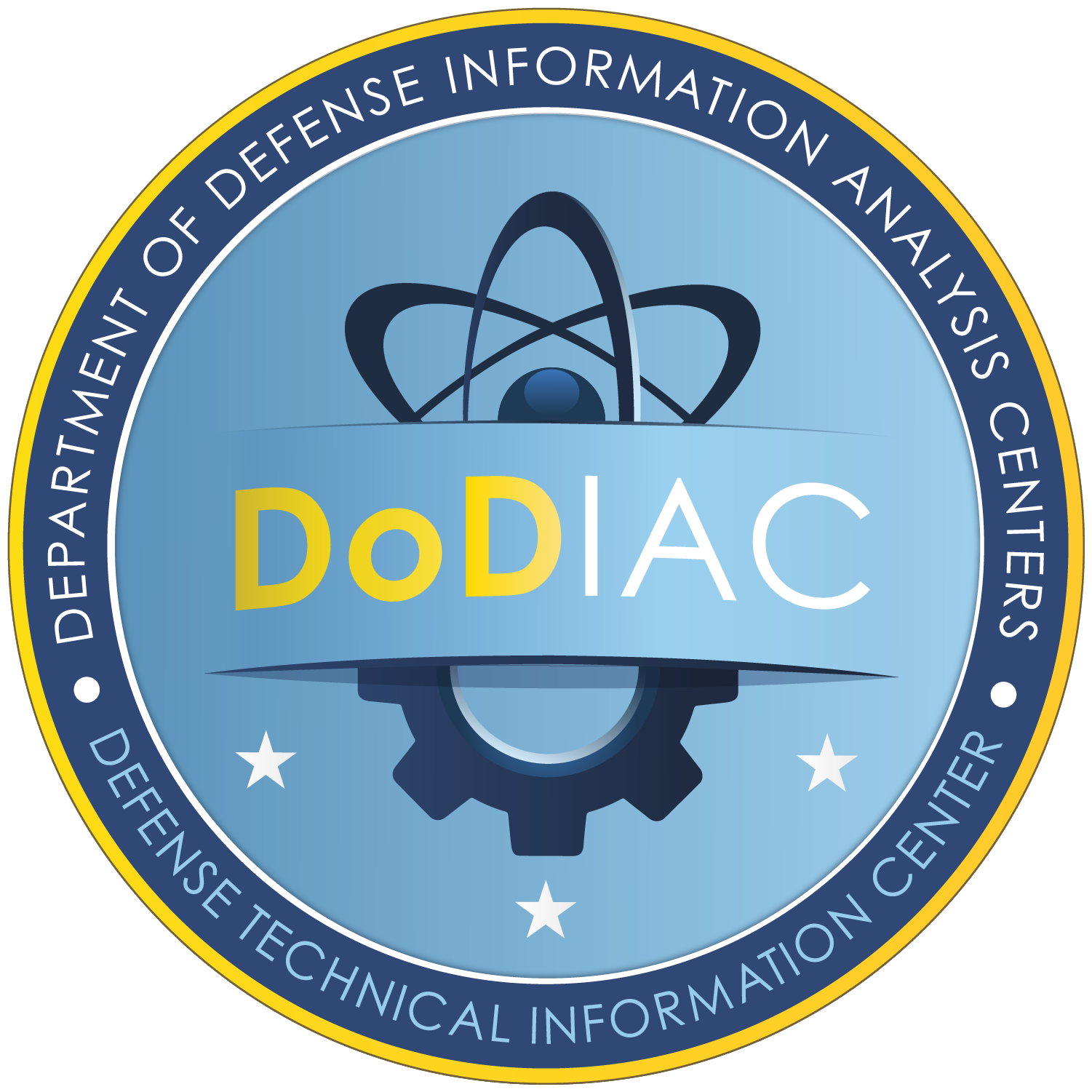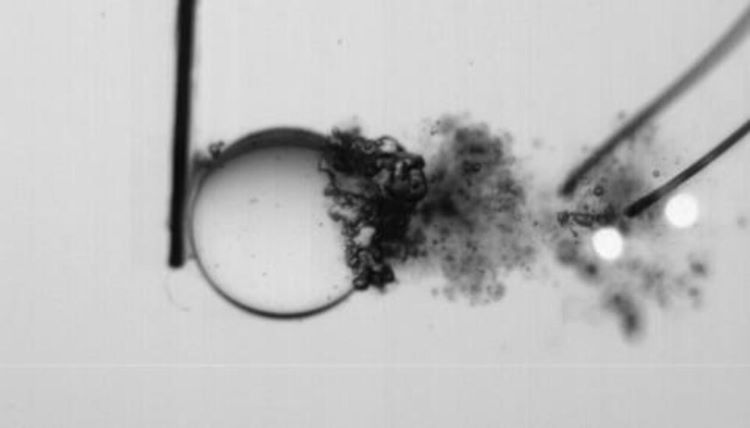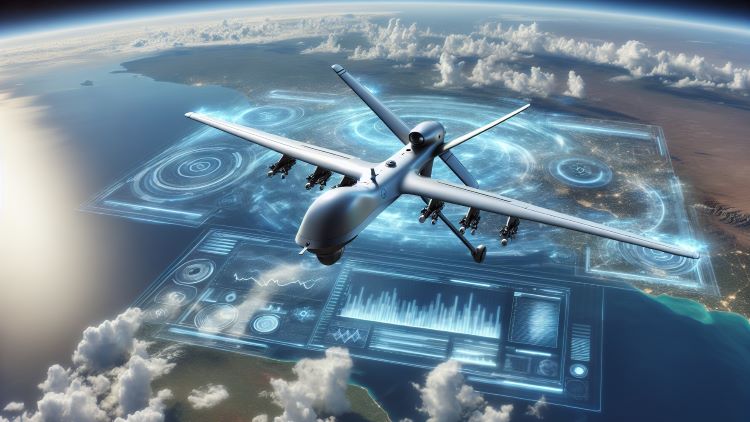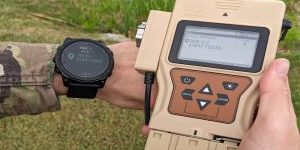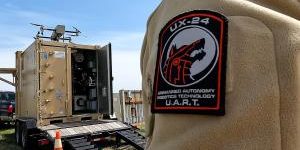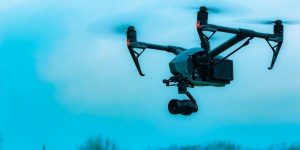Army Researchers, Academia Create Stronger, More Durable Copper That Could Advance Military Systems
ADELPHI, Md. – U.S. Army researchers, in collaboration with academic partners, invented a stronger copper that could help advance defense, energy, and aerospace industries thanks to its ability to endure unprecedented temperature and pressure extremes. Extreme materials experts at the U.S. Army Combat Capabilities Development Command, known as DEVCOM, Army Research Laboratory (ARL), built on…

